Photo: Fabrizio Pepe
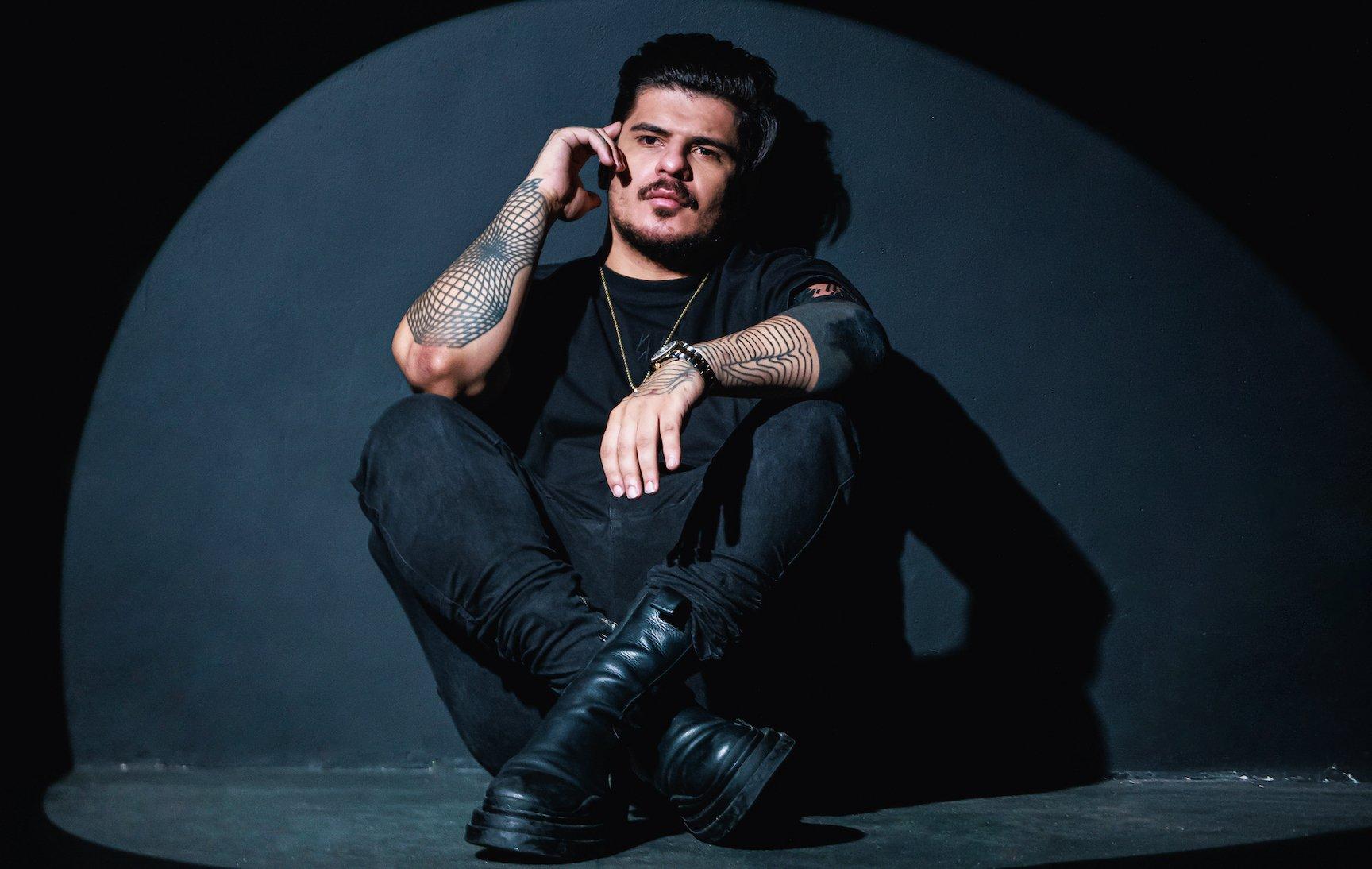
photo_gallery
Tour Diary: See Vintage Culture's Favorite Photos & Memories From "The Endless Tour Of 2023"
Go backstage with Brazilian DJ/producer Vintage Culture as he plays festivals and clubs around the globe, with behind-the-scenes pics and stories.
Like many dance artists, Vintage Culture is no stranger to touring. But after nearly two years of not being able to play shows, the Brazilian DJ/producer made sure this year was jam-packed — and as he puts it, he's on "the endless tour of 2023."
Vintage Culture has dates plotted around the world through Dec. 9, playing countless shows and festivals including Lollapalooza Stockholm, EXIT Festival in Serbia, and Burning Man in Nevada. He even launched his own series of one-man festivals — aptly titled Vintage is a Festival — in his native Brazil, which will see him perform for 12 hours across three stages.
"It is a joy to be back on the road, and though there are times when I miss my home, I'm grateful for every moment," Vintage Culture (whose birth name is Lukas Ruiz) tells GRAMMY.com. "This is what I worked for. This is what I sacrificed for. I'm honored to reach fans around the world through music."
Even as he's been traversing the globe and planning festivals, Vintage Culture has also managed to put out new music in 2023. Along with collaborations with Izzy Bizu, Elderbrook, Franky Wah, and Bhaskar, Meca, and The Vic, the producer also issued Vintage Culture & Friends, Vol. 5 as well as his own reimagining of the Clash's '80s classic "Rock the Casbah."
Just before returning to Brazil for Só Track Boa Festival on May 26, Vintage Culture shared some of his favorite moments from his 2023 tour so far. Take a look at some onstage and behind-the-scenes shots, captioned by the DJ/producer himself.
All photos by Fabrizio Pepe, Nelson Struder or Rodrigo Kost.
February 3, São Paulo, Brazil: My traditional pre-tour photo session with the best photographer in Brazil — Fabrizio Pepe. We've worked together for years, and he's one of my closest friends. For either Live Photos or Studio shoots, Fabrizio is the man for the job.
March 25, Miami, FL (Ultra Festival): Dom Dolla and I did a back-to-back DJ set for the Ultra Festival in March. The heat from the flames around us was intense. During the set, Dom jokes, "How do you like your DJs cooked — well done?"
March 27, London, UK (Printworks): It hurts saying goodbye to one of the best clubs in the world — Printworks in London. But I choose to remember the brilliant times I experienced at this venue. The club's atmosphere, professional staff and audience made the whole experience unforgettable. I'm proud to have performed at this iconic venue in London.
April 2, São Paulo, Brazil: To have close friendships on the road makes being away from home easier. Gorgon City have become supportive, dear friends. It's always a pleasure to see them. I joined Gorgon City on stage in April for their awesome show in Brazil. My single, "Rock the Casbah," was also released on Gorgon City's record label, Realm. Great artists and a great team behind them.
April 14, Indio, CA (Coachella Valley): Having worked so hard for a decade, I was filled with pride to see the warm welcome I received from the Coachella Festival. Performing here was the fulfillment of a lifelong ambition. The show was everything I've dreamt about.
April 14, Indio, CA (Coachella): What a day! I performed right before blink-182 at Coachella. The audience was mixed with dance music and rock music fans. It was inspiring to see how music unites people from all corners of the world. The excitement in the air was palpable. This was a show I'll remember for the rest of my life.
April 22, Las Vegas, NV: I had the honor of remixing Jamie Jones' smash club hit, "Paradise." Seeing him again in Las Vegas was a great surprise. We talked about the success of the track and future music together.
April 29, Brasilia, Brazil (Vintage Is A Festival): In Brazil my one-man festival is called, Vintage Is A Festival. On April 29th, 17,000 fans united for a sold-out stadium show in Brasilia, BR. Before touring the world, I worked hard to build a fanbase in my homeland. My fans in Brazil are like family to me. I'm humbled by their loyalty and work hard every day to earn it.
May 10, Amsterdam, NL (Cruise Control Studios): Throughout this whirlwind tour I'm working on my debut album. This album is the biggest event of my recording career. In Amsterdam I had a few days off and checked into Cruise Control Studios. I put the polishing touches on new tracks and recorded beautiful vocals by Ali Love.
May 13, Ibiza Airport: Ibiza has become my second home. The beauty of the island and the warmth of the people is like nowhere else in the world. 2023 is my second year as a resident for Hï Ibiza. I'm thrilled to be back!
May 13, Ibiza (Cafe Mambo): Fisher and I have a tradition of doing an intimate warm-up show at Cafe Mambo in Ibiza. No one makes me laugh like Fisher. On stage and off, he's one of the funniest people I know. Fisher is a great friend and talented artist. My residency at Hï Ibiza is now underway!
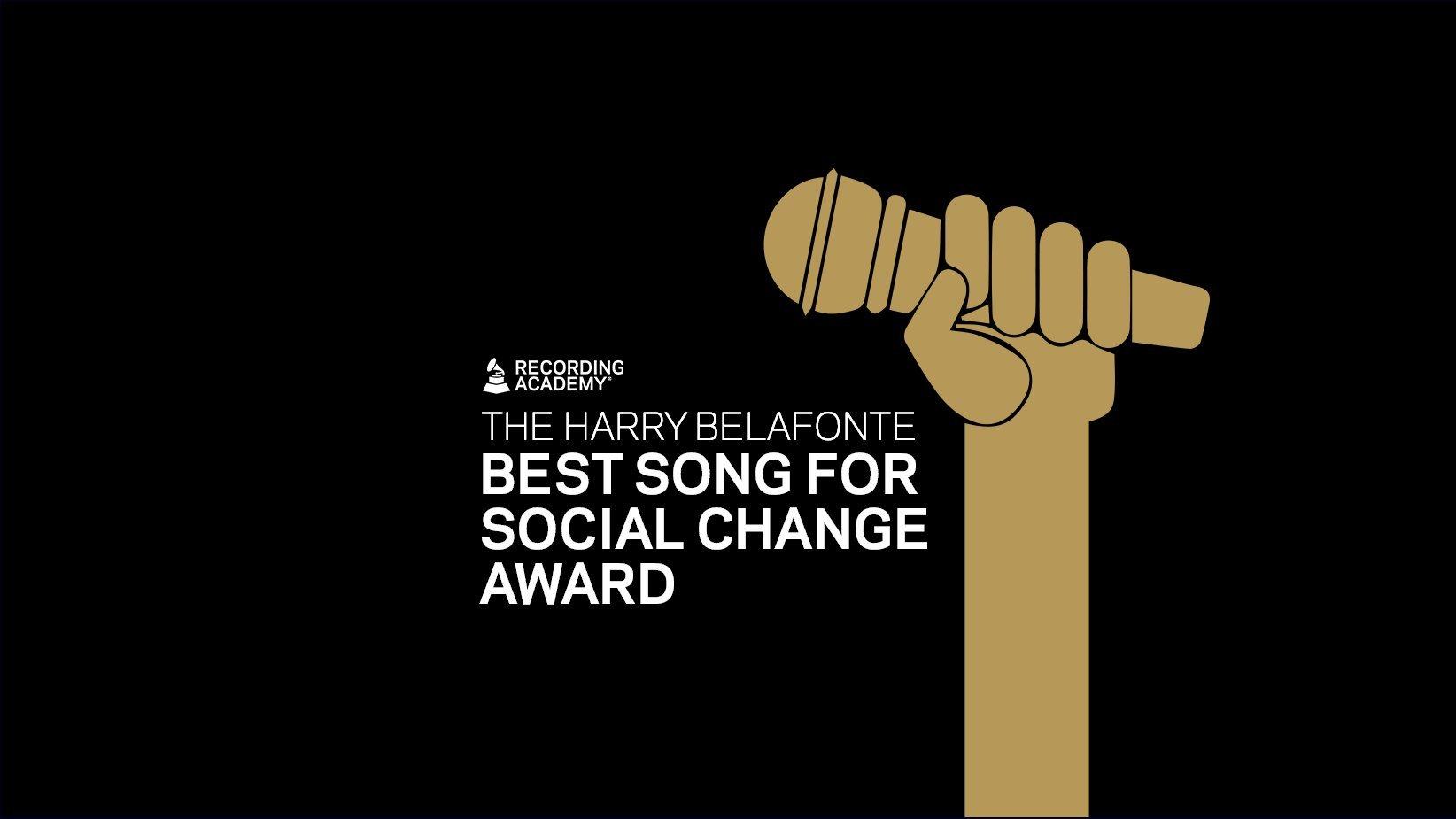
Graphic courtesy of the Recording Academy
news
Recording Academy Renames Best Song For Social Change Award In Honor Of Harry Belafonte
Submissions for the newly renamed Harry Belafonte Best Song For Social Change Award are open now through Friday, Aug. 30.
The Recording Academy has renamed its annual Best Song For Social Change Special Merit Award to the Harry Belafonte Best Song For Social Change Award in honor of the late entertainment industry icon who was a powerful voice for social justice throughout his illustrious career. Originally established in 2022, the award will continue to honor songwriters of message-driven music that speaks to the social issues of our time and has demonstrated and inspired positive global impact.
Formerly a Special Merit Award, the Harry Belafonte Best Song For Social Change Award will now be categorized as a CEO's Merit Award; finalists and the recipients will be selected annually by a Committee composed of a community of peers dedicated to artistic expression, the craft of songwriting, and the power of songs to effect social change.
The submission period for the current cycle of the Harry Belafonte Best Song For Social Change Award is Wednesday, July 17 — Friday, Aug. 30. Read the awards guidelines and make a submission here. Learn more about the award, including all the past recipients.
Read More: Remembering Harry Belafonte’s Monumental Legacy: A Life In Music, A Passion For Activism
From his debut in the 1950s until his passing in 2023, Belafonte's artistic career progressed in parallel with his work as a trailblazing activist. An important friend of Rev. Dr. Martin Luther King Jr. and advisor, organizer and funder of the Civil Rights Movement, Belafonte helped organize the 1961 March on Washington for Jobs and Freedom and contributed to the 1961 Freedom Rides and the Mississippi Freedom Summer of 1964. Belafonte was outspoken throughout his career about American political elections; he performed at President John F. Kennedy's inaugural ball and was later named as a cultural advisor to the Peace Corps by Kennedy.
Creating the gold record standard in the industry, Belafonte's 1956 RCA album CALYPSO made him the first artist in history to sell over one million LPs. An advocate for global humanitarian causes including the Anti-Apartheid Movement and USA for Africa, Belafonte, in 1985, was the key organizer for the benefit single "We Are The World" to raise money for famine relief in Africa, which won four GRAMMY Awards and is one of the best-selling physical singles of all time. Belafonte became a UNICEF Goodwill Ambassador in 1987 and traveled internationally to raise awareness for the needs of children across sub-Saharan Africa. A two-time GRAMMY winner and 11-time career nominee, Belafonte received the Recording Academy's Lifetime Achievement Award in 2000, and three of his recordings are in the GRAMMY Hall of Fame.
Read More: Fight The Power: 11 Powerful Protest Songs Advocating For Racial Justice
"The greatness of Harry Belafonte's artistic legacy is matched by his profound impact of furthering social justice for all," said Harvey Mason jr., CEO of the Recording Academy. "We are honored to recognize his lasting influence with the Harry Belafonte Best Song for Social Change Award and to continue celebrating works that have inspired global communities towards social impact."
"The Belafonte estate is deeply honored and thrilled that the Recording Academy's Best Song For Social Change Award will now be named the Harry Belafonte Best Song For Social Change Award," said Adrienne, Shari, Gina and Pamela Belafonte. "This recognition not only celebrates Harry Belafonte's enduring legacy in music and activism, but also inspires future generations to continue using their voices and art for justice and positive change."
Read More About Harry Belafonte
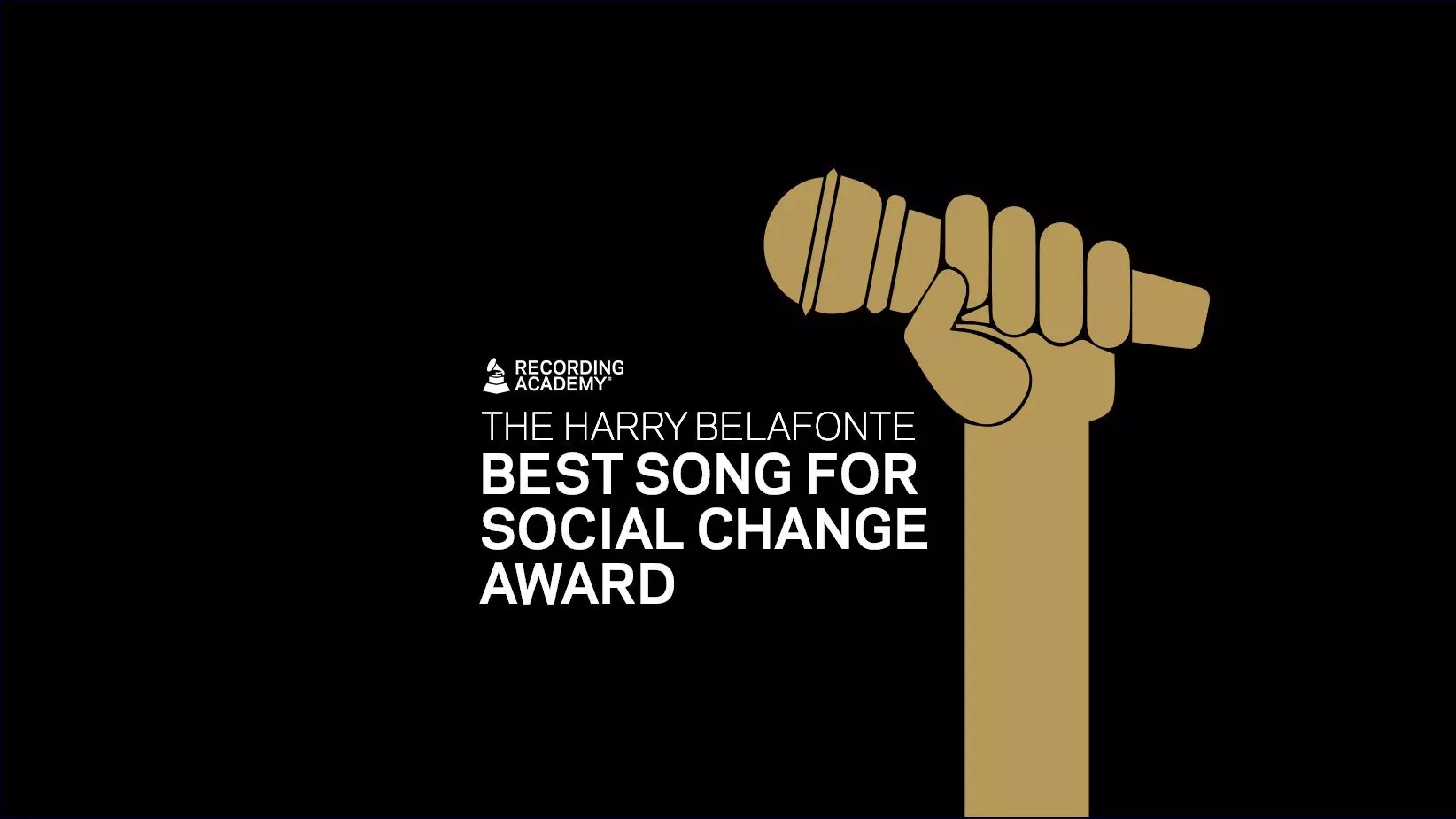
Recording Academy Renames Best Song For Social Change Award In Honor Of Harry Belafonte
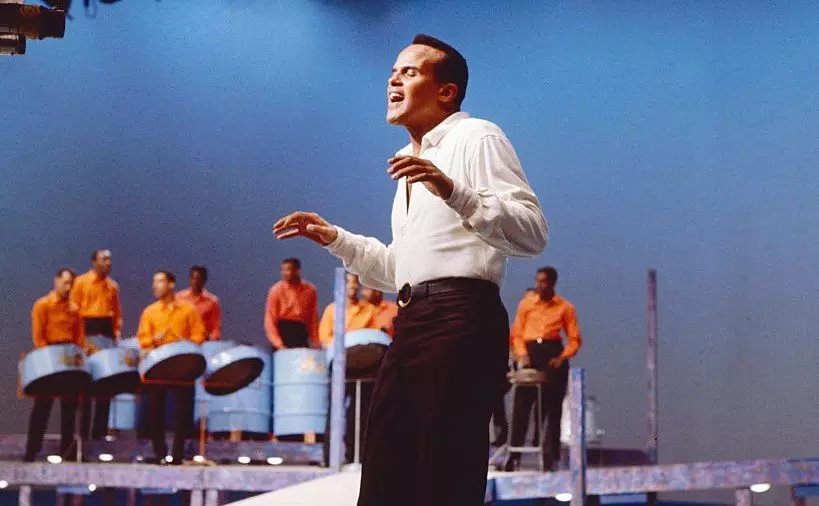
Remembering Harry Belafonte’s Monumental Legacy: A Life In Music, A Passion For Activism
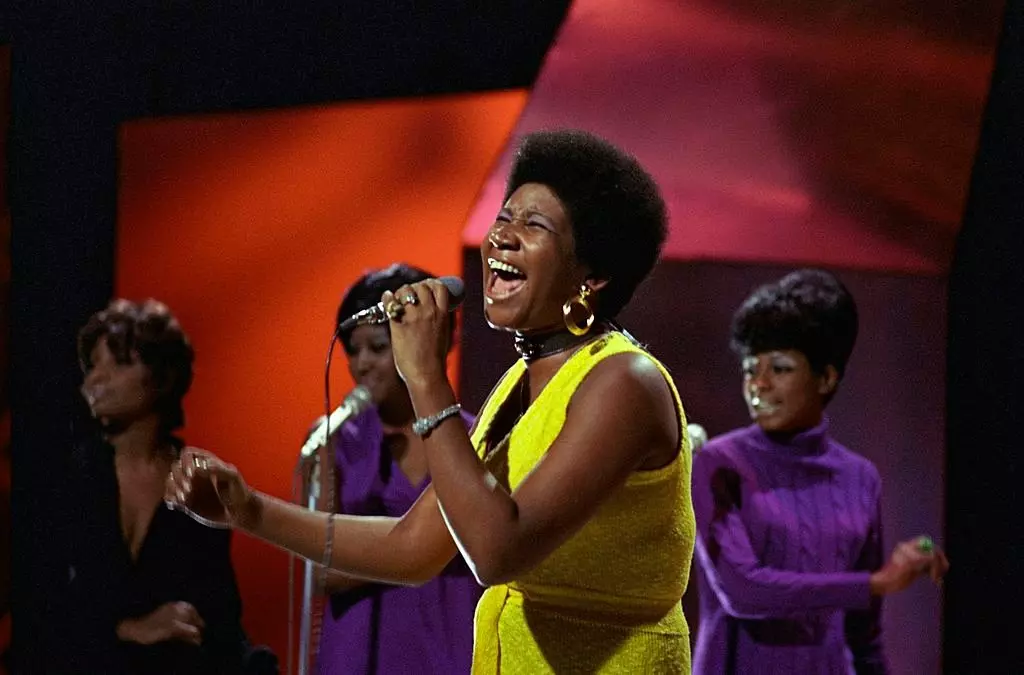
From Aretha Franklin To Public Enemy, Here's How Artists Have Amplified Social Justice Movements Through Music

Library Of Congress Adds Recordings By Chic, Tony Bennett, Fleetwood Mac
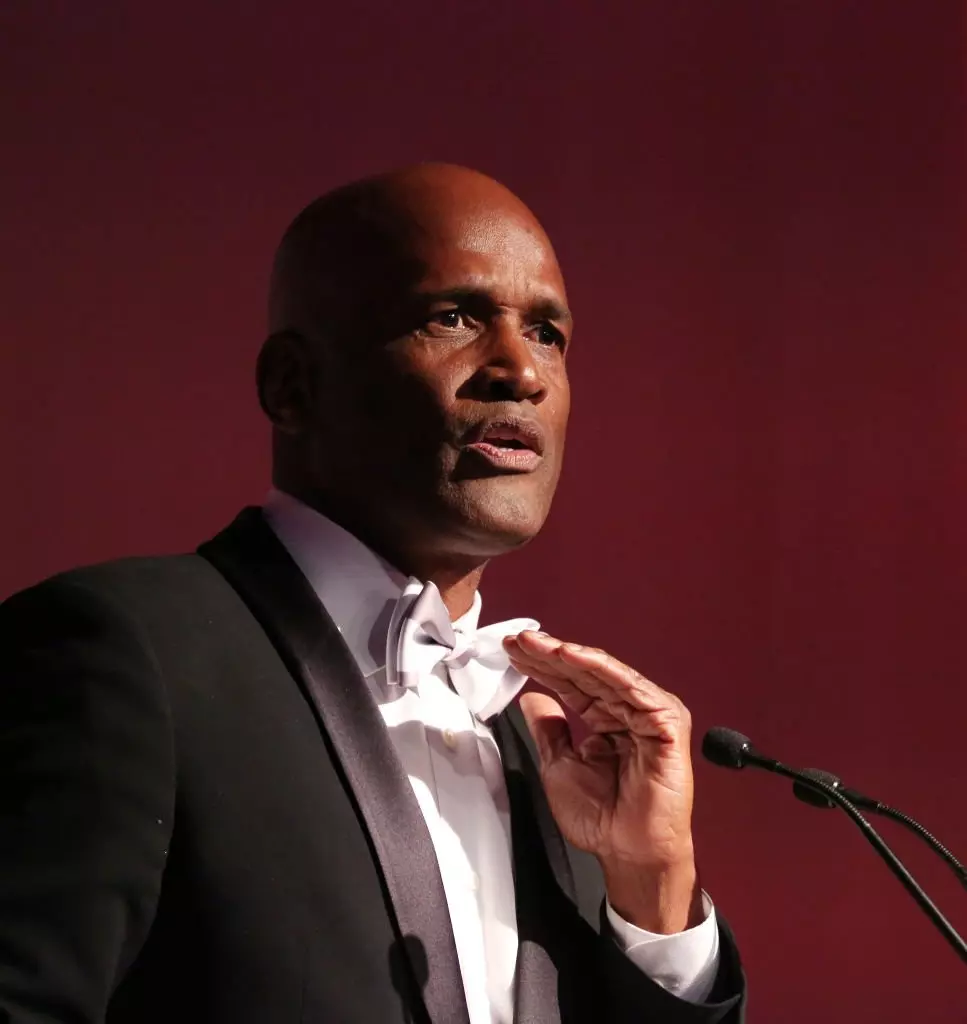
Kenny Leon Reprising Tupac Musical In Atlanta
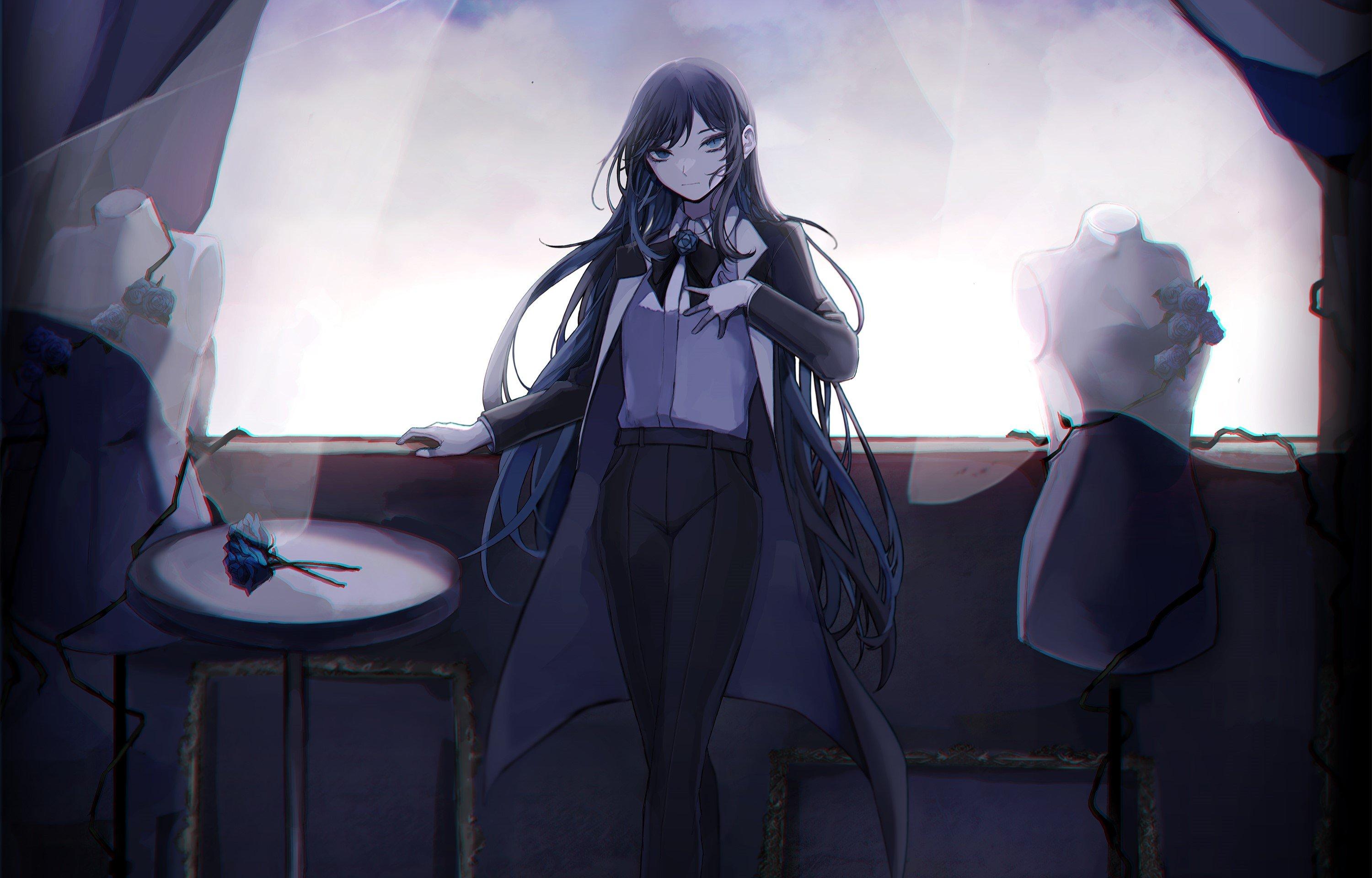
Photo: Universal Music/Geffen Records
list
Get To Know Ado, The J-Pop Vocaloid Star Condemning Conformity
No one has ever seen her face or knows her true identity, but Japanese pop artist Ado has made waves for her honest, emotive songs. Before diving into her new album, 'Zanmu,' here's everything to know about the elusive singer.
"Understanding the latest trends, checking the stock market on the way to work, joining a company with pure spirit/ these are the obvious rules for us workers. Huh?/ Shut the f— up," J-pop star Ado screams on "Usseewa."
Released in 2020 at the height of the pandemic, the blatant rejection of societal expectations and conformity on "Usseewa" felt like a cathartic scream breaking out of a body crammed with frustrations. Ado, then just 18 years old, pulled no punches on the track, diving straight into spitfire delivery set against an equally powerful, urgent electronic beat. Her voice swung between controlled rage, disparaging sneers, and periodic screams betraying her frustrations with the adult world.
No one had ever seen Ado’s face at this point — no one still has — but listeners felt her vitriolic anger. The visceral anguish struck a nerve with a young population breaking under the weight of uncertainty, mental turmoil, and the pressure of compliance. As she told Billboard in 2023, "It was a rebellion against adults and this society, and I really wanted to win."
"Usseewa" reached 100 million plays in 17 weeks (the sixth-fastest song in Japanese history to do do), and Ado became the youngest artist to hit that metric. Eventually, it hit the top spot on the Billboard Japan Hot 100 chart, Oricon Digital Singles Chart, Oricon Streaming Chart, and the Spotify Viral 50 chart in Japan – all without ever having had a physical release. The term "Usseewa"’ was among the winning buzzwords of 2021 in Japan, and there were also calls of banning the song from schools citing its negative effects on children.
The song’s popularity signaled a shift in the Japanese music landscape, which is heavily dominated by physical releases. Additionally, it championed the ethos of Vocaloid subculture. Often used as a blanket term for what has become a genre of its own, Vocaloid originally refers to a synthesizing software which allows users to input lyrics and melodies and create songs. The introduction of platforms like Nico Nico Douga — also known as Niconico — propelled it into becoming a thriving creative playground, with many artists eventually crossing over and becoming mainstays on J-pop charts.
Unlike numerous Vocaloid artists who had given up their monikers or anonymity after transitioning into the mainstream, Ado remained represented by an animated high school girl with a blue rose. That didn’t deter her upward climb; she soon delivered her first full-length album, Kyougen, and provided vocals for the character Uta in the massively successful anime movie One Piece Film Red.
Ado’s recently released album, Zanmu, marks the crucial point in her artistic journey. Here, she reckons with identity, fame, and her dreams from a more mature perspective than ever. As you dive into Zanmu, here is everything you need to know before getting into the elusive Japanese superstar.
Ado’s Roots Are In Vocaloid Culture
While it thrived on the periphery of mainstream J-pop for years, Vocaloid has become a phenomenon shaping contemporary Japanese music, with Billboard Japan launching their Nico Nico Vocaloid Chart in 2022.
Ado — who refers to Niconico as a "childhood home" – was just 5 years old when she first discovered Vocaloid and was immediately taken with virtual popstar Hatsune Miku. There was an "air of mystery" around the music, and Ado wanted to unravel it. "I wanted to understand what was behind that strangeness. I couldn’t understand whether it was anime or a human being, or who made the music," she recalled in an interview with the Guardian in 2024.
She started uploading covers of her songs on the platform, rising in popularity thanks to her covers of BIN and Syudou, the latter of whom later wrote and produced "Usseewa." Despite her mainstream breakthrough, she’s never let go of her utaite (a term typically used for cover artists who got their start on Niconico) roots. As she told NME, "Vocaloid really is who I am. It’s all of me. I would say that Vocaloid’s existence is one and only. It’s so unique. There’s nothing that comes close to it."
Ado Loves Her Anonymity
Despite being a massive star, Ado has gone to great lengths to keep her identity under wraps. Her public identity is an animated character and she assiduously avoids appearing in videos or photos. At a meet-and-greet event, the singer shook hands with fans through an opening in a box. At her live shows, the introverted artist appears as a silhouette against a brightly lit screen. At times, her darkened form is also situated in a cage.
Some fans speculate that the cage is an added layer of protection for identity to dissuade any stray photos or videos of the star. In fact, according to a TV Asahi interview, no one knows she is Ado except for a few close friends: "I haven’t told my classmates or anyone else, except for only my close friends."
Over the years, the singer has also stated that her anonymity is a means to remove background noise and help people focus on the music: "When I perform live, it’s about what can be expressed purely through the songs, the lighting and my silhouette," she told the Guardian in an interview earlier this year.
Ado Doesn't Like Watching Playbacks
The singer has affirmed in multiple interviews that she’s not a fan of watching anything that remotely shows her form or silhouette. "It’s really uncomfortable for me. I really don’t like seeing myself in [any] media form — concerts, photos, video footage. Even if there’s a slight shadow of myself or a flicker, I just want to shut down the computer or turn it around so I don’t have to see it," she told Billboard.
With fame and public appearances becoming such an integral part of her life, Ado admits she's become much better with handling recordings of herself — however vague.
While watching a recording of herself performing "Odo" earlier this year, the singer could be heard screaming and cringing periodically. When asked about it in an interview later on, she confessed: "I am not good at looking at what captures my movements… like photos and videos. But recently, probably because of my improved performance, I have become able to see a little bit of it."
She Hasn't Always Loved Herself, And That's OK
Ado’s anonymity at times protected her from her "personal complexes." As a teenager, the singer feared that she would never be able to do anything substantial. "I was never good at studying or exercising and I felt like I was useless," she said in a 2021 interview: "I developed a pretty big complex about it because I wasn’t confident about anything, I wasn’t an especially popular or interesting person in class, and it all compounded. You could say I was a very, very, very gloomy person."
The anonymous world of utaite was appealing to the budding singer. "Utaite don’t reveal their faces or their real names — people don’t know where they live or what they do — they’re really active on the Internet and lots of people pay attention to their work," Ado said in 2021. "That alone seemed so alluring to me."
Despite experiencing the immense love of her fans first-hand, Ado confessed in a 2022 Billboard interview that how she viewed herself was leagues apart from how her fans revered her.
"I would really love to be able to look at the footage or photos of myself and think it’s all great and really appreciate myself. See myself the way the fans see me. I think that would make everything much more fun, but I’m not quite there yet," she said.
Parts of this internal struggle — particularly the dissonance between Ado the artist and Ado the person — have often bled through in her work. Yet Ado has hinted at long-awaited closure on Zanmu. Ado released a number of handwritten notes on social media, one of which detailed the aftermath of a lengthy emotional struggle and relief thereafter: "I had a dream where I fought against myself. It was more of a struggle or conflict, but I truly fought myself. A version of me that looked like a hero stood before me, and I lost to it. It was just a dream, but it really hurt and was tough. However, I felt a bit lighter in my heart. I want to be helped again."
Some Of Her Early Songs Were Recorded In A Closet
In a 2020 Real Sound interview, the singer revealed that a lot of her early work was recorded inside a closet in her home. "That was the only recording space I had. I'd go in like ‘Guess I'll record’ and slam it shut."
Interestingly, this particular holdover from her utaite days seems to have persisted well beyond her major label debut. In a 2022 NME interview discussing her role in One Piece Film Red, she revealed that her recording sessions often comprise just her and a recording engineer since it helps her relax. "I feel like I’m at home, and I can focus. It’s my own time."
"Dreams" Are A Core Aspect Of Her Artistry
On Zanmu, her second original album, Ado hurls listeners into a phantasmagorical dreamscape of chaos and introspection. Throughout, Ado’s deepest fears and concerns come out to play, juxtaposing the listener's own inner dialogue.
"'Zanmu' is a real word, meaning an unfulfilled dream. A dream that lingers even after waking up. I’ve always liked this word and thought it represented the dreams I’ve fulfilled in my life, as well as the youth that didn’t come true," Ado explained in a press release. But this isn’t the first or only time that the singer has dwelt on dreams — the concept is a cornerstone of her artistry.
In a 2022 stream titled "To Everyone Who Was Born in 2002," where Ado mulled over turning 20, the singer explained that the blue rose on her persona represented dreams coming true. Since they do not exist naturally, blue roses have canonically symbolized impossibility and the unattainable. However, in 2002, scientists created a genetically modified blue rose with the artificial blue pigment Delphinidin. Since then, interpretations of the meaning of a blue rose began to reflect the possibility of the impossible — literally, dreams coming true.
Ado thought it was meant to be: "That message really appealed to me. So I thought: ‘I’ll use this motif’. That’s why I wear the blue rose on my chest, near my heart."
Latest News & Exclusive Videos

Recording Academy Renames Best Song For Social Change Award In Honor Of Harry Belafonte
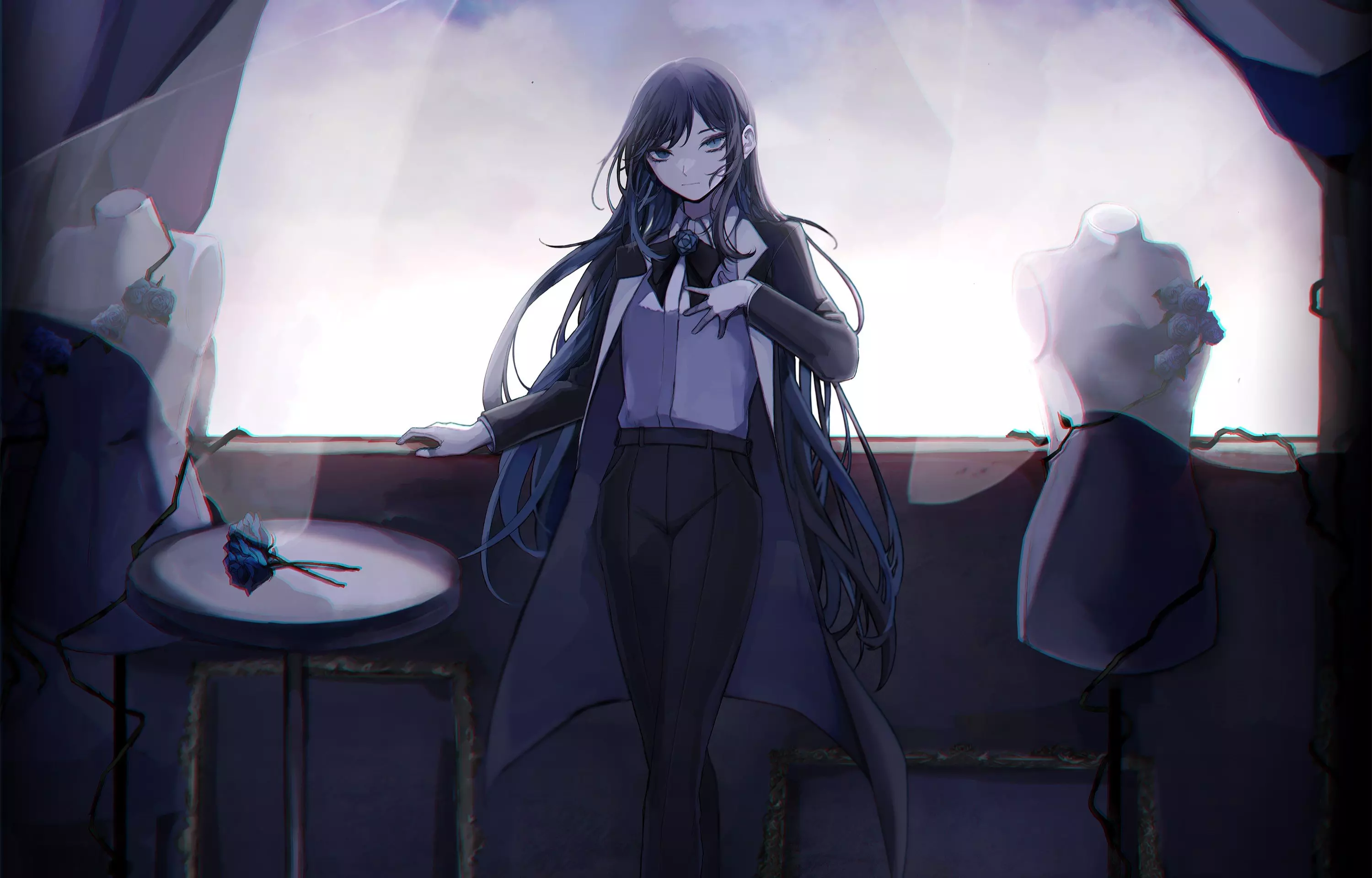
Get To Know Ado, The J-Pop Vocaloid Star Condemning Conformity

Denzel Curry Returns To The Mischievous South: "I've Been Trying To Do This For The Longest"
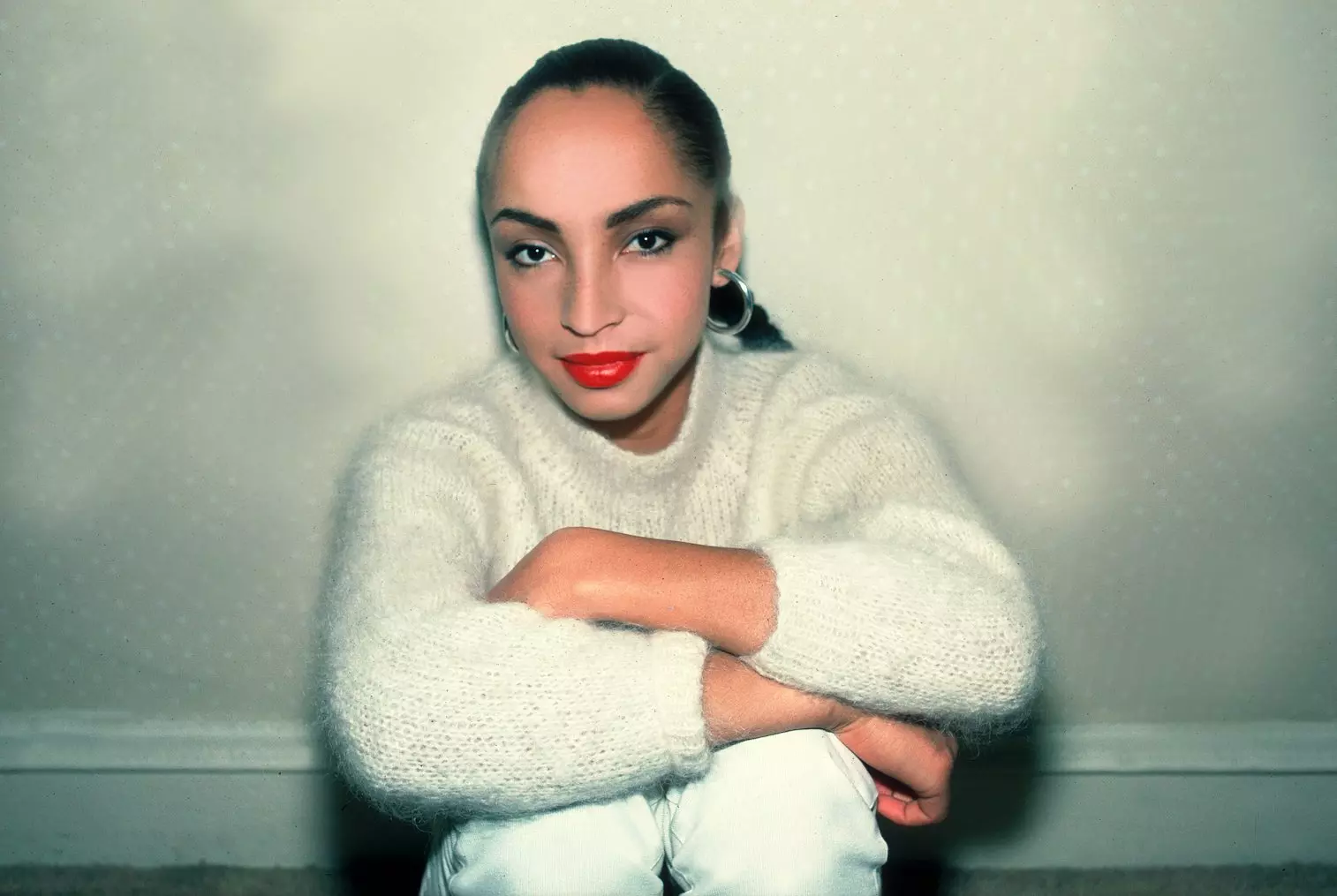
8 Ways Sade's 'Diamond Life' Album Redefined '80s Music & Influenced Culture

Katelyn Tarver's "Everyday Is A Winding Road"
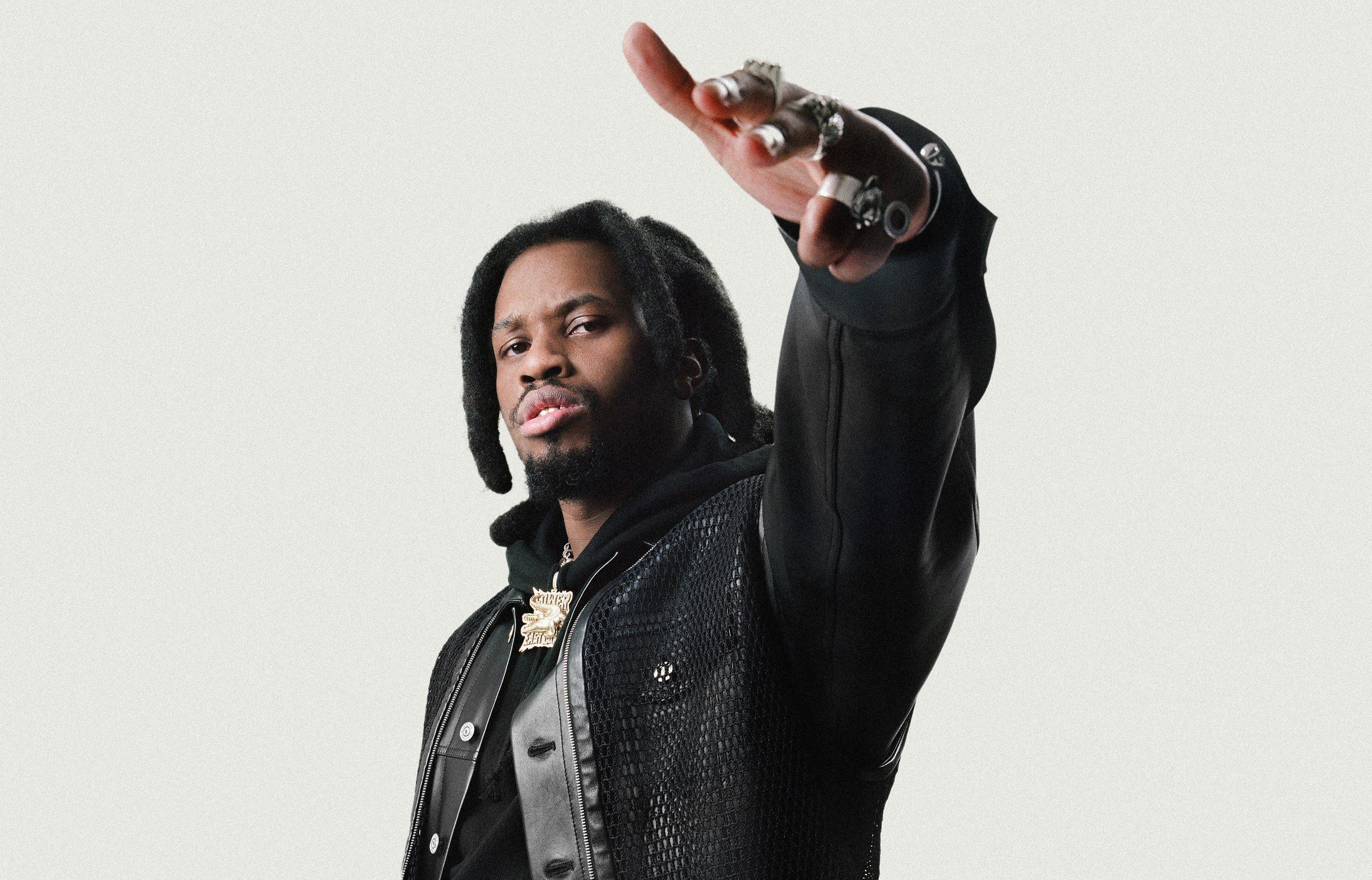
Photo: Giovanni Mourin
interview
Denzel Curry Returns To The Mischievous South: "I've Been Trying To Do This For The Longest"
Over a decade after he released 'King of the Mischievous South Vol. 1,' Denzel Curry is back with 'Vol. 2.' The Miami rapper details his love of Southern hip-hop, working on multiple projects, and the importance of staying real.
Denzel Curry isn’t typically one for repetition. His recent run of critically acclaimed projects have all contrasted in concept and musicality.
The Miami Gardens native has cascaded through boom-bap, synth-soaked trap metal, and cloud rap throughout his catalog. But on his upcoming project, King of the Mischievous South Vol. 2, Curry returns to the muddied, subwoofer-thudding soundscape that he captured on the first installment back in 2012.
Curry was just 16 when he released King of the Mischievous South Vol. 1 Underground Tape 1996]. "I was a kid, man," Curry tells GRAMMY.com. "I was just trying to emulate my favorite rappers at the time who really represented the South. That was pretty much what I was on at the time – the Soulja Slims, the No Limits, but mostly Three 6 Mafia. And then I just put Miami culture on top of that."
Curry first explored the rough-cut "phonk" of Southern acts like DJ Screw and Pimp C as a teenager. His first mixtape, King Remembered Underground Tape 1991-1995, caught the attention of then-rising rapper and producer SpaceGhostPurrp. He shared Curry’s project on his social media accounts, making him an official member of South Florida’s Raider Klan.
Read more: A Guide To Southern Hip-Hop: Definitive Releases, Artists & Subgenres From The Dirty South
The now-defunct group is well behind Curry, who’s ascended from the infancy of his early SoundCloud days to mainstream success. But the rapid-fire delivery and hazy, rough-cut sounds of early Southern rap are still soaked into his musical fibers.
Reignited by the same musical heroes that led to Vol. 1, Curry is comfortable in old sonic form. Vol. 2's lead singles "Hot One" (feat. A$AP Ferg and TiaCorine) and "Black Flag Freestyle" with That Mexican OT fully capture the sharp-edged sound that stretched from Port Arthur, Texas to the Carolinas.
The rapper wanted to go back to the KOTMS series nearly a decade ago, but other projects and outside ventures derailed his return. "I tried to do this thing multiple times," Curry tells GRAMMY.com. "I remember revisiting a [social media post] from 2015 that was like, ‘KOTMS Vol. 2055 is now going to be called Imperial.’ I’ve been trying to do this for the longest."
A string of bouncy, syrup-pouring, and playalistic Southern trap songs led him back to familiar grounds. The new 15-song capsule features Juicy J, 2 Chainz, Project Pat, That Mexican OT, Maxo Kream, and others inspired by the same pioneers that fall below the Mason-Dixon line.
GRAMMY.com sat down with Curry before the release of King of the Mischievous South Vol. 2 on July 19. The "Ultimate" rapper revealed his "Big Ultra" persona, his ability to crank out hits from his bedroom, and his recent discoveries being "outside."
This interview has been lightly edited for clarity and length.
What inspired you to revisit the 'King of the Mischievous South' series?
I was making two projects at once, and there was a through-line from the second half of the project. The second one I was working on kind of just manifested itself into what it is today, 12 years later. And it’s called King of the Mischievous South Vol. 2 because it has the same sonics as the first one.
You mentioned Three 6 Mafia being a big inspiration for Vol. 1. But what about Vol. 2?
The first KOTMS was obviously Three 6 Mafia, and then Lord Infamous was really the person I looked up to, God rest his soul. I get my rap style from him — the rapid flows and stuff like that. You can even hear it on "Walkin’" and "Clout Cobain." But since I’m from Miami, I’m talking about stuff that predominantly happens in Miami. And I’m influenced by Soulja Slim, Master P, DJ Screw, UGK, Trina, Trick Daddy, and Rick Ross.
How did you juggle the two different projects at once?
When I wasn’t working on one project, I was working on the other one. Sometimes I would be working on the same two projects on the same day. I was like, If this one won’t see the light of day until next year, this one has to hold fans over. And the one that was supposed to hold fans over ended up having a crazy through-line.
What were the studio sessions like?
When it came down to the production, I was just making these songs on the fly. A couple came out of Ultraground sessions, but the majority of the songs were made in my bed — just how it was with the first one. "Hot One" was made in my house downstairs, and "Hit The Floor" was made in a random room in an AirBnb. And I think the rest of the songs were made in an actual studio.
I was just flowing, doing my thing, and figuring things out. I was working on one project, and when I wasn’t getting called back to the studio, I was working on another one on the side. The grind didn’t stop.
Was there an element or feature that you really wanted to explore?
I just knew I wanted certain rappers to be featured on [project]. When I was working on "Set It," I originally wanted PlayThatBoiZay. But he didn’t get the record done or whatever the case may be. So, I sent it to Maxo Kream, and he ended up just doing it. And when I made "Wish List," I got Armani White on it. Me and him came off of doing "Goated," so getting that record done was really simple. He pulled up to the studio and he said, "This is tight," and then jumped on the record.
Some stuff didn’t make the cut because we couldn’t get certain people. But the majority of the stuff that made the cut, we were like, "Yes, we did that." Then having people like Ski Mask the Slump God, 2 Chainz, Project Pat, and Juicy J — all these guys played a role. I’m getting people from the South, whether they’re from Texas, Florida, or the Carolinas. And even people outside of the South, like A$AP Ferg and Armani White, they’re all influenced by the same artists.
Learn more: A Guide To Texas Hip-Hop: Definitive Releases, Artists & Events
Your persona on the album, "Big Ultra." Break that down for me.
This is how the name came about — my boy’s nickname is Mr. Don’t Fold. It’s kind of a play on "Mr. Don’t Play," so we came up with "Big Ultra" because I’m doing "ultraground" stuff. It wasn’t on some superpower s—, it’s just me, pretty much. It’s how I wanted to be presented on this tape. It’s just me at the end of the day, it’s no persona.
You’ve been in the rap game for a while. Do you consider yourself a veteran?
I think I’m mostly in a formation period because my best years haven’t even happened yet. I feel like I’m just getting my reps in, preparing myself for my 30s. You know, going through the bulls—, having good times, having bad times.
By the time I get to 30, 35, and 40 — God willing — I could have a fruitful career and not be backtracked by dumb s—. I see myself as someone with a lot to offer because I’m still young.
Do you care about garnering more fame or acclaim? Or is there no need for it?
All my projects are critically acclaimed. The main thing is staying good at what I do. That comes with a lot of effort, a lot of studying, and a lot of work. I take pride in my job and I have fun making music.
I think the hardest part is putting myself out there and being visible. I’m starting to understand that’s what I had to do. I got asked the same question five times in a row about when my album was dropping. I’ve been saying July 19 for the longest. Like, people really haven’t been paying attention? C’mon, bro.
What do you feel is the next step?
I’m just trying to be more visible where the younger generation is at. Most people know me for "Ultimate," "Clout Cobain," or the [XXL Freshman Class] Cypher if I’m being totally real with you. But in due time, everybody has blessings in certain parts of their career. And I’ve been blessed to have a career this long.
All I have to do is just deliver, be real with myself, and do what I have to do. I got to lean into being outside. I didn’t know who messed with me or who liked my stuff until I started going outside and talking to people. You never know who rocks with you until you're outside.
As far as the music and experience, where does the album rank for you?
I didn’t think about where I’d rank this. We had a whole decade of producing great records, and people look forward to the album experience more than the single when it comes to me. This is what it is, and I just want people to enjoy it. It’s not something to put too much effort or thought into. It’s something you can bump into the club, or you could go to a show and turn up to it. That’s where I’m at with it.
Are there any other sounds or genres you want to explore?
It’s going to happen when it’s supposed to happen naturally. But I do want to explore pop and R&B a year from now. I want people to be able to sing my songs and stuff like that.
Latest Rap News & Music

Denzel Curry Returns To The Mischievous South: "I've Been Trying To Do This For The Longest"

5 Rising L.A. Rappers To Know: Jayson Cash, 310babii & More

6 Takeaways From Megan Thee Stallion's 'Megan': Snakes, Shots & Self-Assurance
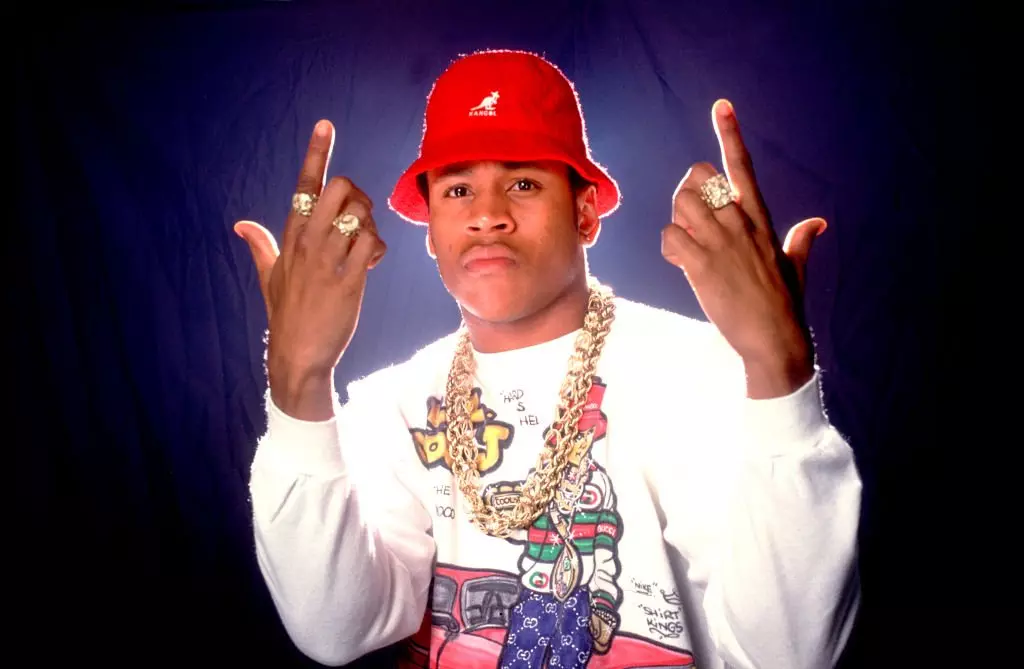
Celebrate 40 Years Of Def Jam With 15 Albums That Show Its Influence & Legacy
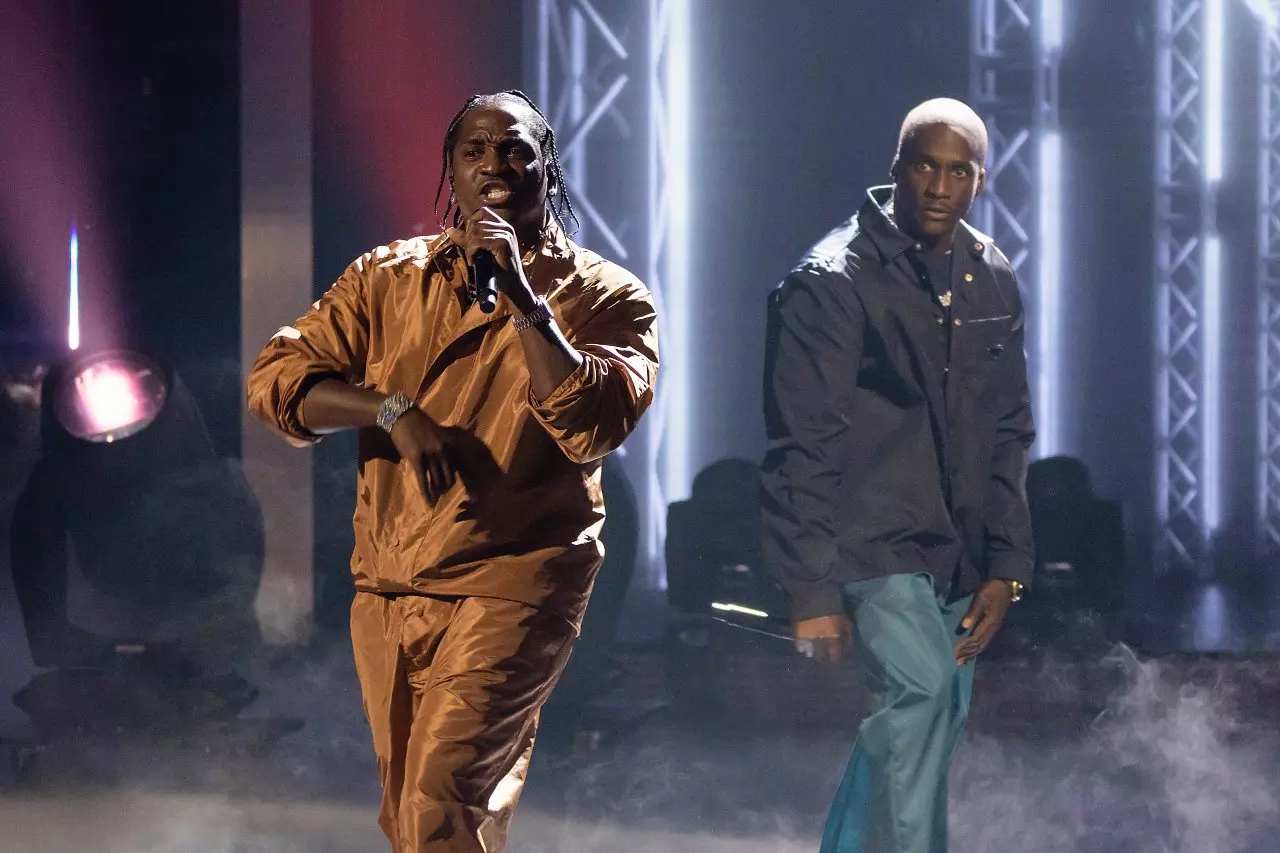
Everything We Know About Clipse's First Album In 15 Years: Pusha T And Malice Rise Again
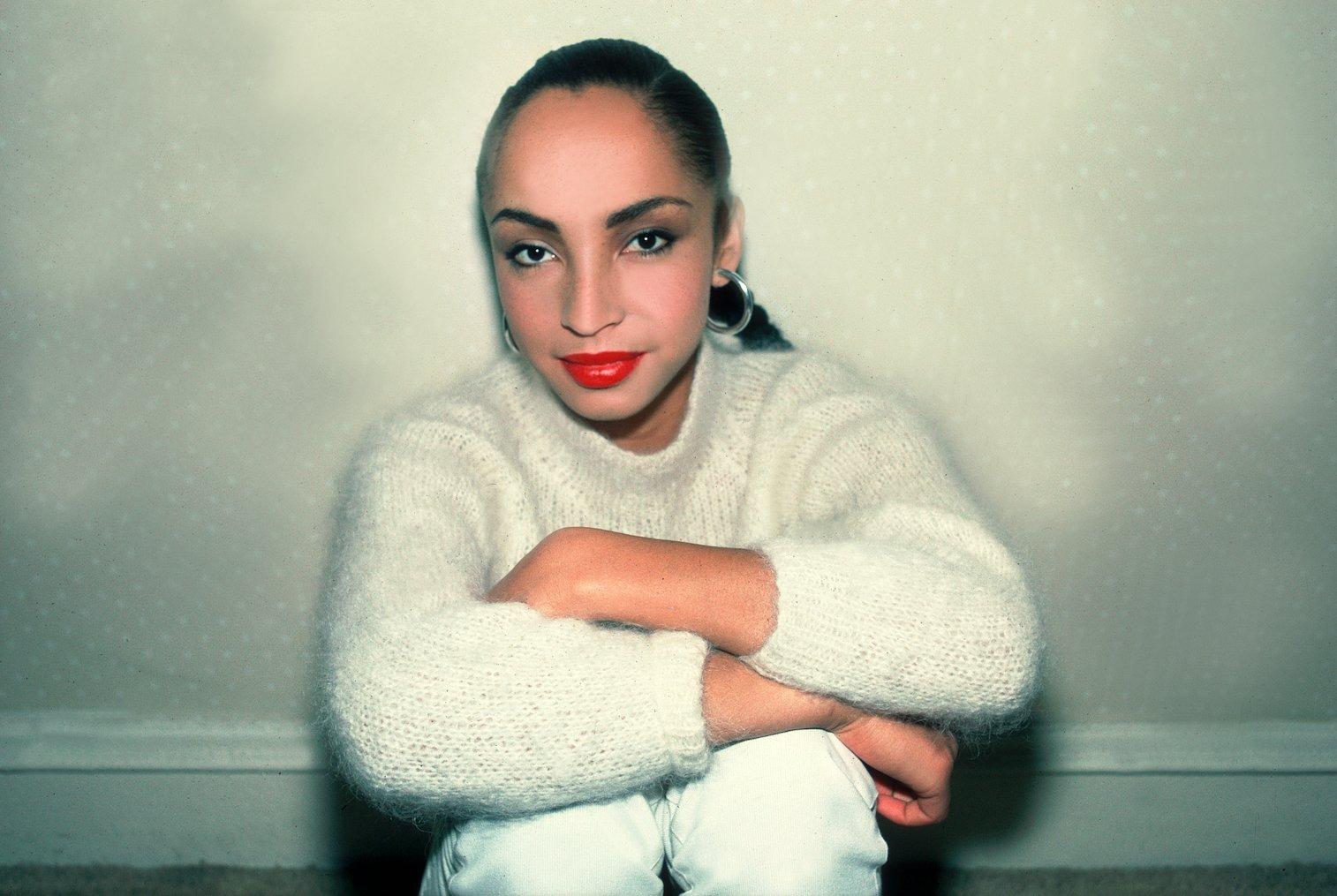
Photo: Paul Natkin/Getty Images
list
8 Ways Sade's 'Diamond Life' Album Redefined '80s Music & Influenced Culture
As Sade's masterpiece 'Diamond Life' turns 40, see how the group's debut pushed R&B forward and introduced them as beloved elusive stars.
"I only make records when I feel I have something to say," Sade Adu asserted in 2010 upon the highly anticipated release of Sade's GRAMMY-winning Soldier of Love album, which arrived after a 10-year hiatus. "I'm not interested in releasing music just for the sake of selling something. Sade is not a brand."
This lifetime of dedication toward achieving musical excellence helped Sade — vocalist Adu, bassist Paul S. Denman, keyboardist Andrew Hale, and guitarist/saxophonist Stuart Matthewman — gain prominence in the mid-80s, also garnering enormous respect from fans, critics, and peers alike. Formed in 1982, the English band is one of the few acts that can still be met with a hungry audience after disappearing from the spotlight for multiple years.
In an industry where churning out a new body of work is expected every couple of years, the four meticulous members of Sade move on their own time, putting out a mere six studio albums since 1984. Every project becomes more exquisite than the last, but it all began 40 years ago with Sade's illustrious debut album, Diamond Life. Ubiquitous hits like "Smooth Operator" and "Your Love Is King" appealed to listeners young and old — offering a unique blend of R&B, jazz, soul, funk, and pop that birthed a new sound and forced the industry to take notes from the jump.
As Sade's Diamond Life celebrates a milestone anniversary, here's a look at how the album helped push R&B forward, and why it's just as relevant today.
It Helped Set Off The "Quiet Storm" Craze
By mid-1984, Michael Jackson, was riding high off of winning the most GRAMMYs in a single night (including Album Of The Year) for his blockbuster album Thriller, Madonna celebrated her first top 10 hit with "Borderline," and Prince's Purple Rain was just days away from its theatrical release. Duran Duran, Culture Club, Billy Idol, and the Police were mainstays, while "blue-eyed soul" in particular had also hit an all-time high thanks to Hall and Oates, Wham, Simply Red, and others. What's more, many Black artists like Lionel Richie and Whitney Houston opted for more of a pop sound to appeal to broader audiences during MTV's golden era.
Diamond Life was refreshing at the time, as it fully embraced soul and R&B. The album offered a chic sophistication amid the synth-heavy pop and rock music that ruled the charts.
Singles like "Your Love Is King" and "Smooth Operator" introduced jazz elements into mainstream radio. In turn, Sade helped usher in the "quiet storm" genre — R&B music at its core, with strong undertones of jazz for an ultra-smooth sound. Sade and Diamond Life also laid some of the groundwork for neo-soul, which saw a surge in the '90s à la Lauryn Hill, Maxwell, and Erykah Badu.
It Made GRAMMY History
In the 65-year history of the GRAMMYs, a small number of Nigerian artists, including Burna Boy and Tems, have won a golden gramophone. In 1986, a then 27-year-old Sade Adu made history as the first-ever Nigerian-born artist to win a GRAMMY when she and her band was crowned Best New Artist at the 29th GRAMMYs. Still, Billy Crystal and Whoopi Goldberg had to accept the award on Sade's behalf — signaling Adu's elusive nature as she rarely attends industry events or grants interviews.
Since then, Sade has gone on to earn three more GRAMMYs, including Best Pop Vocal Album in 2001 for their fifth studio album, Lovers Rock. The win signified their staying power in the new millennium.
It Birthed The Band's Signature Song…
While Diamond Life spawned timeless hits like "Your Love Is King" and "Hang On to Your Love," "Smooth Operator" became the album's highest-charting single — and remains the most iconic song in their catalog. The seductive track about a cunning two-timer propelled the band into international stardom: "Smooth Operator" skyrocketed to No. 5 on the Billboard Hot 100 and hit No. 1 on the Adult Contemporary chart.
Even non-Sade fans can identify "Smooth Operator" in an instant, from Adu's unmistakable vocals to that now-iconic instrumental saxophone solo. As of press time, it boasts over 400 million Spotify streams alone, and has remained a set list staple across every one of Sade's tours.
…And It Houses Underrated Gems
"Smooth Operator" may be Sade's commercial classic, but deep cuts like "Frankie's First Affair," "Cherry Pie," and "I Will Be Your Friend" are fan favorites that embody the band's heart and soul.
"Frankie's First Affair" offers a surprisingly enchanting take on infidelity: "Frankie, didn't I tell you, you've got the world in the palm of your hand/ Frankie, didn't I tell you they're running at your command." And, it's impossible to resist the funky groove that carries standout track "Cherry Pie," which served as a catalyst for some of Sade's later, more dance-oriented hits, including "Never As Good As the First Time" and "Paradise." Some of Sade's most poignant statements about lost love, including "Somebody Already Broke My Heart" from 2000's Lovers Rock, can be traced back to "Cherry Pie."
Diamond Life's penultimate song, "I Will Be Your Friend," offers both solace and companionship — another recurring theme throughout Sade's music, from 1988's "Keep Looking" to 2010's "In Another Time."
It Was The Best-Selling Debut Album By A British Female Singer For More Than Two Decades
Sade has sold tens of millions of albums worldwide, but Diamond Life remains the band's most commercially successful LP with over 7 million copies sold. Most of Sade's other platinum-selling LPs, including Diamond Life's follow-up, 1985's Promise, boast sales between four and six million copies.
The 7 million feat helped Sade set the record for best-selling debut album by a British female singer. She held the title for nearly 25 years until Leona Lewis' 2008 album Spirit, which has sold over 8 million copies globally.
It Introduced Sade Adu As A Style Icon
When we first met Adu, her signature aesthetic consisted of a long, slicked-back ponytail, red lip, and gold hoops. Sade's impeccable style is front and center in early videos like "When Am I Going to Make a Living," in which she sports an all-white ensemble paired with a pale gray, ankle-length trench coat and loafers.
Adu rocked the model off-duty style long before it became a trend. Her oversized blazers, classic trousers, and head-to-toe denim looks were as effortless as they were chic and runway-ready — proving that less was more amid the decade of excess.
"It's now so acceptable to be wacky and have hair that goes in 101 directions and has several colours, and trendy, wacky clothes have become so acceptable that they're… conventional," Adu, who briefly worked as a fashion designer and model before pursuing music, told Rolling Stone in 1985. "I don't like looking outrageous. I don't want to look like everybody else."
It Shined A Light On Larger Societal Issues
While most of Diamond Life leans into love's ebbs and flows, a handful of tunes deal with financial strife coupled with a dose of optimism, as evidenced by "When Am I Going to Make a Living" and "Sally." The latter song characterizes the Salvation Army as a young charitable woman: "So put your hands together for Sally/ She's the one who cared for him/ Put your hands together for Sally/ She was there when his luck was running thin."
Meanwhile, Adu, a then-starving artist, scribbled down portions of "When Am I Going to Make a Living" on the back of her cleaning ticket. The soul-stirring "We are hungry, but we won't give in" refrain emerges as a powerful mantra in the face of adversity and still holds relevance in 2024. Similar themes appear throughout Sade's later work, including unemployment ("Feel No Pain"), unwanted pregnancy ("Tar Baby"), survival ("Jezebel"), prejudice ("Immigrant"), and injustice ("Slave Song").
Diamond Life closer "Why Can't We Live Together" is a well-done cover of Timmy Thomas' 1972 hit about the staggering Vietnam War deaths. The band wisely doesn't veer too far from the original recording, but Adu's distinctive contralto voice brings a haunting quality that's reminiscent of Billie Holiday.
It Ignited The Public's Ongoing Fascination With Sade Adu
Since 1984, Sade has only released six studio albums, and a remarkable 14 years have passed since the group's last offering, 2010's Soldier of Love. Ironically, that scarcity — both in terms of music and access to the artist — has actually added to Adu's appeal. Case in point: Sade's sold-out Soldier of Love Tour grossed over $50 million in 2011, and the band still brings in close to 14 million monthly listeners on Spotify.
Adu's striking beauty, mysterious persona, and knack for letting her music do all the talking has earned the admiration of her peers across genres and generations. Everyone from Beyoncé to Kanye West to Snoop Dogg have sung her praises. Drake even has two portrait-style tattoos of the singer on his torso. Prince reportedly described 1988's "Love Is Stronger Than Pride" as "one of the most beautiful songs ever." Metalheads Chino Moreno of the Deftones and Greg Puciato of the Dillinger Escape Plan have also cited Adu as inspiration — showing that her influence runs far and wide.
In 2022, reports circulated that Sade was recording new music at Miraval Studios in France. But upon Diamond Life's 40th anniversary, "Flower of the Universe" and "The Big Unknown" from the respective soundtracks to 2018 films A Wrinkle in Time and Widows stand as Sade's latest releases.
Whether fans get new music anytime soon remains to be seen, but the impressive repertoire of Adu, Denman, Hale, and Matthewman is one that aims to be truth-seeking and inspiring while exploring life's peaks and valleys. Diamond Life in particular holds up as one of the purest representations of the group's creative legacy, both commercially and musically.
From quadruple platinum status to resonating with several generations, Diamond Life will forever stand as a remarkable debut — one that continues to influence music in a multitude of ways.
Latest News & Exclusive Videos

Recording Academy Renames Best Song For Social Change Award In Honor Of Harry Belafonte

Get To Know Ado, The J-Pop Vocaloid Star Condemning Conformity

Denzel Curry Returns To The Mischievous South: "I've Been Trying To Do This For The Longest"

8 Ways Sade's 'Diamond Life' Album Redefined '80s Music & Influenced Culture

Katelyn Tarver's "Everyday Is A Winding Road"
